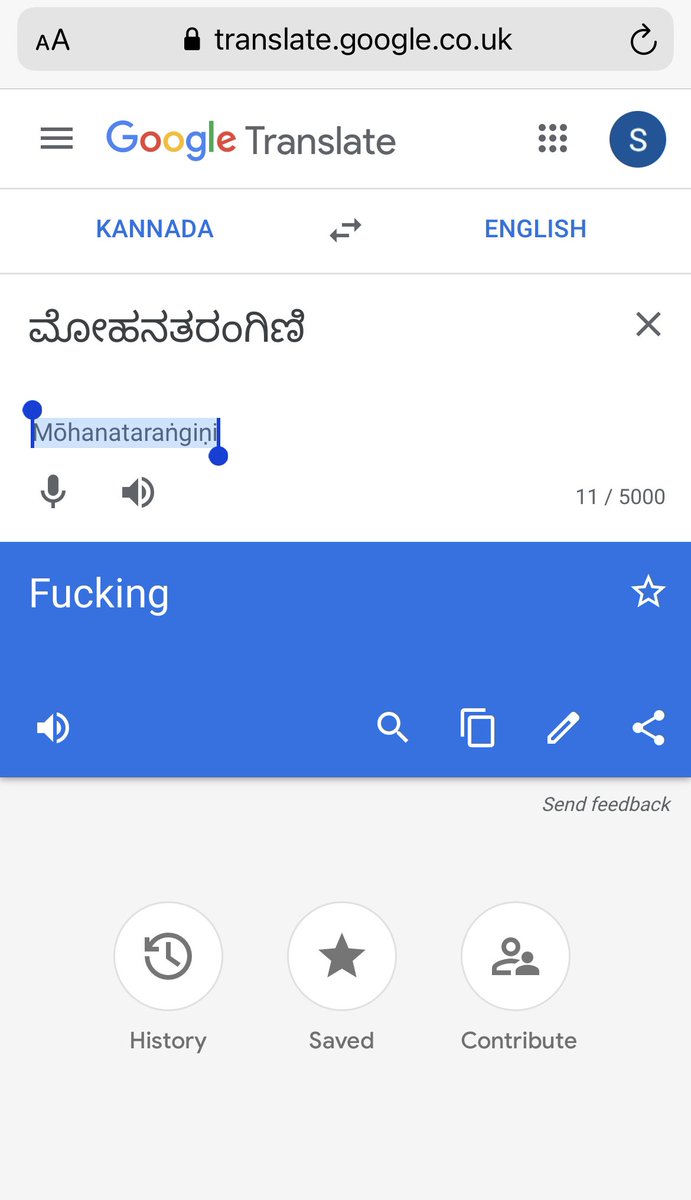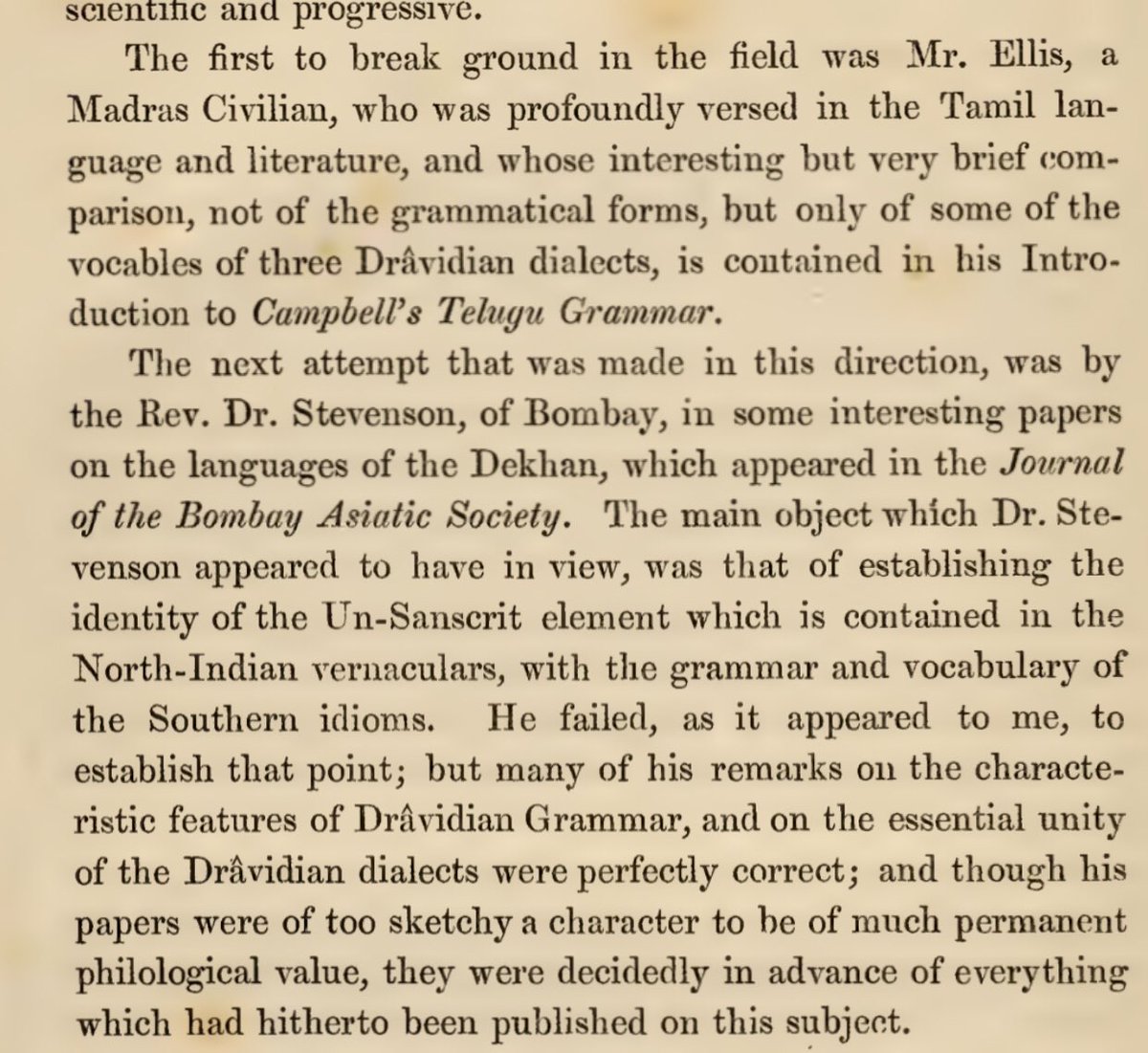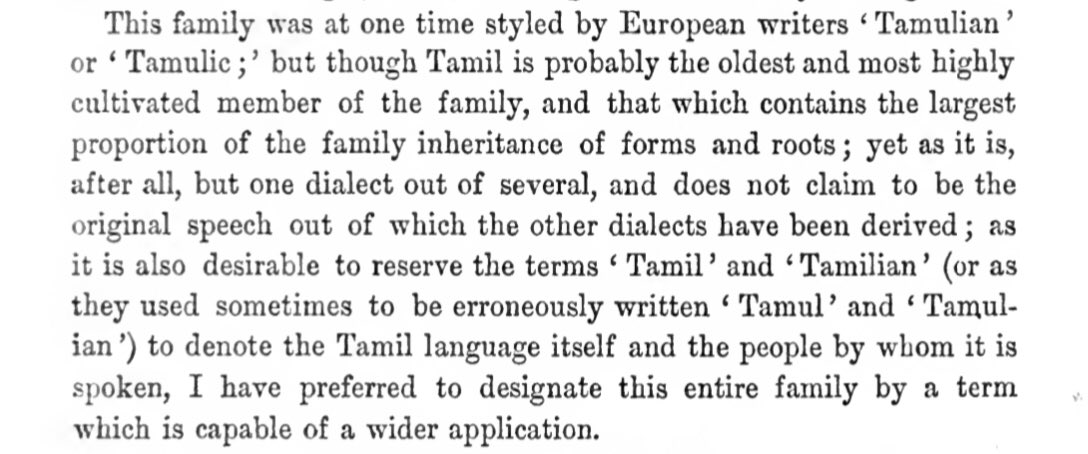
Of the approximately lakh (100,000) #inscriptions found in India, 85,000 are in tamiZ & kannaDa. Let that sink in
These were written in the respective #tamiz and #kannaDa scripts (as they were through the 2000 year history). Not in #Nagari variants.
1/6
These were written in the respective #tamiz and #kannaDa scripts (as they were through the 2000 year history). Not in #Nagari variants.
1/6
https://twitter.com/avtansa/status/1444937888160956419
Many Southeast Asian scripts are derived from #kadamba-pallava script, the early kannaDa-Telugu script. This South Indian script had international reach
Nagari/ other North Indian scripts clearly did not have the reach or prestige outside India as the kadamba-pallava script
2/6
Nagari/ other North Indian scripts clearly did not have the reach or prestige outside India as the kadamba-pallava script
2/6
#Nandinagari was used mainly in karNATaka for #samskRta inscriptions and writing, “in addition” to kannaDa script. Bulk of samskRta manuscripts are in kannaDa script. Same with samskRta inscriptions.
#tigaLAri script has also been used on some inscriptions and manuscripts
3/6
#tigaLAri script has also been used on some inscriptions and manuscripts
3/6
In TN, #grantha script has been used to write bulk of samskRta inscriptions & manuscripts
samskRta works were/ are routinely published in kannaDa, Telugu, tamiZ and Malayalam scripts in south India.
From all this, the argument for pushing #dEvanAgari doesn’t really hold up
4/6
samskRta works were/ are routinely published in kannaDa, Telugu, tamiZ and Malayalam scripts in south India.
From all this, the argument for pushing #dEvanAgari doesn’t really hold up
4/6
From the perspective of sheer clout, reach & historic prestige, we should be using kannaDa script, the direct descendant of kadamba-pallava script for all Indian languages. kannaDa script can satisfactorily represent pretty much all sounds in Indic languages.
5/6
5/6
The short “e” ಎ & “o” ಒ are naturally present in #kannaDa script as also the trilled R ಱ & the three “lakAra”-ಲ, ಳ, ೞ
The writing is unambiguous
Telugu script is a variant of the kannaDa script developmentally and structurally & therefore Telugu people can easily read it.
6/6
The writing is unambiguous
Telugu script is a variant of the kannaDa script developmentally and structurally & therefore Telugu people can easily read it.
6/6
• • •
Missing some Tweet in this thread? You can try to
force a refresh













